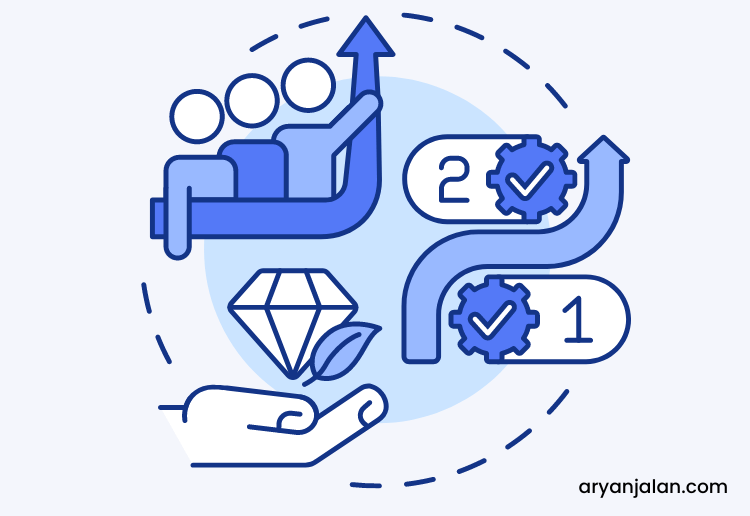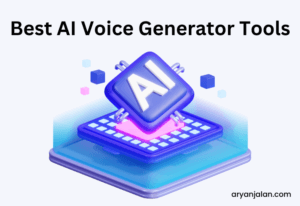Your business’s growth depends on how effectively you use customer data. With the average organization using over 130 SaaS applications, there’s a wealth of data at your fingertips. Your ability to translate this data into actionable insights can shape your product development, marketing strategies, and customer experience.
Employing data analytics is crucial for your decision-making process. A data-driven approach ensures that every strategy is supported by solid proof.
This means you can anticipate needs and tailor your SaaS services to meet demand precisely. Integrating customer data helps you see patterns that align with your business objectives and current business trends. This can improve retention rates and drive revenue growth.
In this article we’ve highlighted the crucial strategies to leverage customer data for your SaaS business growth. Let’s get started:
But first let’s understand in more detail what customer data is and their different types.
What Is Customer Data?
Customer data includes valuable insights from how users interact with your software. It includes demographic details like age, location, usage patterns, transaction histories, and feedback.
Customer data gives you a good picture of how customers behave, helping you make decisions based on data.
Types Of Customer Data
When leveraging customer data for targeted SaaS growth, understanding the different categories of data can help you develop meaningful strategies. Here are the various types of customer data:
Basic or Identity Data
Primary or identity data is the foundational information you collect about your customers. This data set typically includes:
- Name
- Contact information: Email and postal addresses, phone number
- Demographics: Age, gender identity, birthday
How to Collect?
To gather primary data, you can employ various methods:
- Online forms during purchases or account creation
- Surveys via email or on your website
- Social media interactions
Effective Collection Tips:
- Ensure transparency with your customers about data usage
- Make forms user-friendly; request only pertinent information
- Offer incentives like discounts for completing profiles
Interaction and Engagement Data
Interaction or engagement data reflects how customers interact with a business or product. This type of data provides insights into their behaviors and preferences, which can include:
- Website visits: Frequency, duration, and the pages they explore.
- App usage: How often customers use an app, features they engage with, and time spent.
- Customer service interactions: Customer inquiries or complaints and the responses received.
- Purchase history: The products or services they have bought and how often.
- Feedback: Reviews or surveys they have completed.
Customers engage with your website, social media channels, and support chat provides valuable data. This data is crucial as it helps your businesses to understand customer satisfaction and product usage.
It can be measured in clicks, time spent on pages, or email open rates and what queries they ask on support chat.
This data also helps you to create well-informed marketing campaigns that resonate with your audience. And helps to strategies your future interactions.
To collect this data, your SaaS business can use:
- Analytics tools: Track website and app usage.
- CRM systems: Monitor customer service engagements.
- POS systems: Record purchases and transactions.
- Feedback tools: Gather comments and survey responses.
Remember, customer interactions are a powerful influencer on how a business evolves its offerings.
Behavioral Data
Behavioral data represents the actions and interactions of your customers. It includes a wide array of activity, from website clicks and application usage to purchase history and content consumption patterns.
What Constitutes Behavioral Data?
- User Interactions: Every click, swipe, or keystroke provides insights into user preferences and usability issues.
- Transactional Data: Records of purchases and subscriptions help in understanding buying habits.
- Navigation Patterns: How users move through a site or app shows what captures their interest.
- Content Engagement: Which articles are read, videos are watched, and how much time is spent on them?
- Device Usage: Insights on mobile versus desktop users that inform design and development strategies.
Sources to Obtain Behavioral Data:
- Web Analytics Tools: Track user interactions on your websites.
- Customer Relationship Management (CRM) Systems: Collect transactional and engagement data.
- Social Media Analytics: Gather data on content engagement and shares.
- Mobile Analytics Platforms: Provide insights into app usage and user behavior.
- Internet of Things (IoT) Devices: Capture user behavior in physical spaces.
Attitudinal Data
Attitudinal data captures customers’ opinions, feelings, and attitudes towards your products or services. Unlike demographic data, which is objective and measurable, attitudinal data is subjective. It provides insights into why customers behave in specific ways.
Attitudinal Data Includes:
- Satisfaction Levels: How content your customers are with what you offer.
- Preferences: Their choices and interests in your product range.
- Opinions: What do they think about your brand, services, or market position?
- Intent to Purchase: Their likelihood of buying from you again.
To gather this data, you might deploy:
- Surveys: Online questionnaires or feedback forms.
- Interviews: Direct conversations that provide depth.
- Focus Groups: Group discussions that can reveal consensus or differences.
- Online Reviews: Customer reviews on third-party platforms or your site.
This data shows you what your customers are doing and gives you a glimpse into why they’re doing it.
Top 5 Strategies to Leverage Customer Data for SaaS Success
Here are some ways to leverage customer data for your targeted growth:
1. Define Your Target Market And Segment Your Data
A survey by Epsilon found that 80% of consumers are more likely to purchase a brand that provides personalized experiences and 49% are likely to make repeat purchases.
To deliver these customized experiences, you must define your target market and segment your data effectively. This involves a deep analysis of customer behaviors, needs, and preferences.
Your first step is collecting comprehensive data that encompasses demographic information. This information can include age, job title, and behavioral data about product usage patterns.
Next, analyze this data to identify patterns and trends. The insights gained from this analysis are important. It highlights customer pain points and problems your product or service can solve.
After recognizing pain points, create detailed customer personas. These personas should include more than demographic details. They should encompass goals, behavior patterns, and challenges your customers face. By tailoring your marketing efforts to these personas, you can achieve higher engagement and conversion rates.
Slack, for instance, utilizes customer feedback to pinpoint the specific needs of remote teams and large enterprises. For example, remote teams may prioritize ease of communication and integration with other platforms.
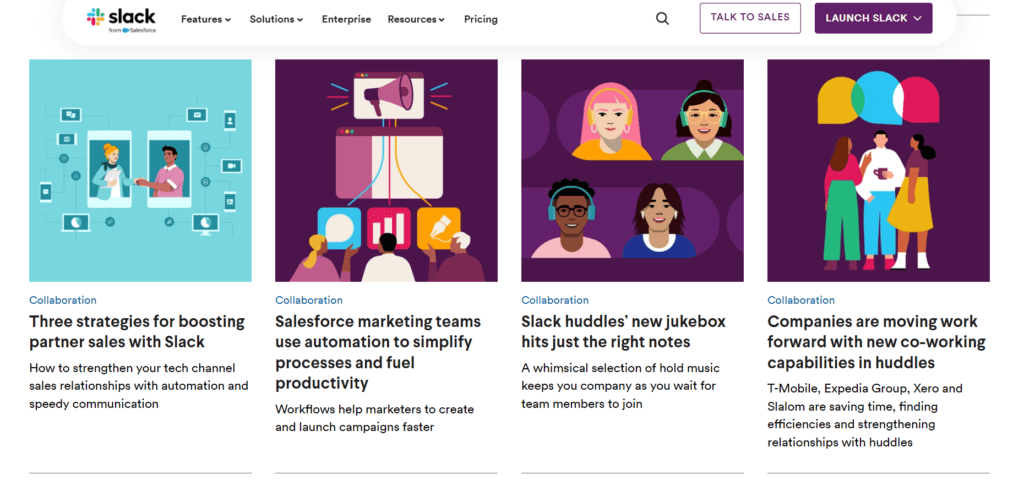
This knowledge allowed them to tailor their product, ensuring it served as the ultimate collaboration tool for these groups.
2. Optimize Your Pricing Strategy
Analyzing your customer usage and value perception is vital. By examining which features your customers use most and value highly, you can align your pricing tiers accordingly. A 1% improvement in pricing can lead to an average boost of 11% in profits.
For instance, premium features should be reserved for higher-paid tiers, while basic features can be included in lower-priced or free plans. This approach supports a value-based pricing model that improves client retention.
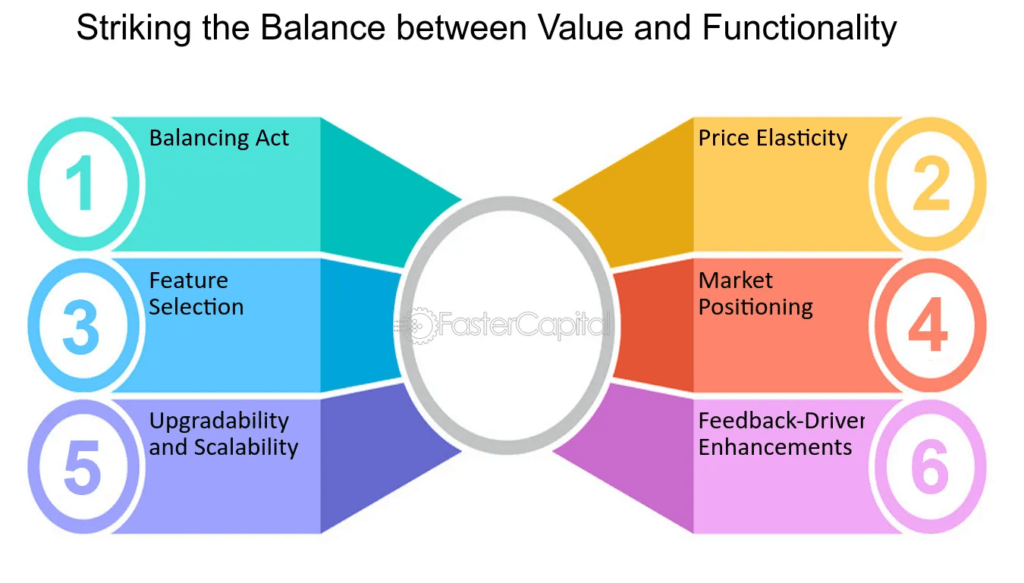
Zoom, the video conferencing giant, successfully applied this principle by offering a free basic tier. This feature attracts consumers to buy for more advanced features, increasing revenue and improving customer retention.
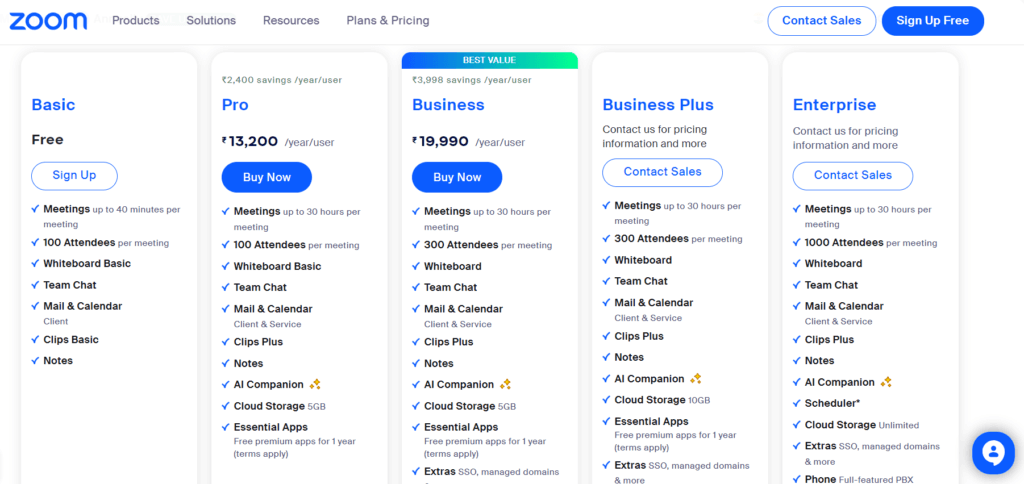
3. Identifying Upselling And Cross-Selling Opportunities
Upselling and cross-selling strategies can also increase sales by 10-30% on average. They are also 68% more affordable than acquiring a new customer for your SaaS business.
By analyzing customer data, you can predict which users need more features or services. This helps you find upselling and cross-selling opportunities.
Upselling and higher-tier offerings may occur when customers exceed their current plans’ usage.
Dropbox is a perfect example of this. Dropbox effectively uses customer data to pinpoint users approaching their storage limit. This allows Dropbox to target them with well-timed upsell offers for additional capacity, transforming a possible point of frustration into a smooth customer experience and a business opportunity.

You can replicate this success by monitoring customer lifecycle stages to deliver upsell or cross-sell suggestions at opportune times. This will ensure that offers are not only relevant but also genuinely beneficial for your existing customer
Also, never underestimate the power of an incentive. Special promotions or discounts for upgrades can stimulate interest and prompt action. It’s essential, however, to align these with the unique usage data and preferences your customers exhibit.
4. Enhanced Product Development
You can’t improve what you don’t measure. According to a PWC report, 73% of consumers consider customer experience an essential factor in their purchasing decisions.
They are willing to pay more for products that offer a better experience. It’s important to analyze customer data to understand how customers engage with your product.
This involves tracking which features are frequently used and where users might struggle. For example, suppose data shows a feature is rarely utilized. In that case, you may need to investigate if it’s due to a lack of visibility, poor user experience, or irrelevance to user needs.
Gathering customer feedback through surveys or support interactions provides you with direct insights. Customers share what changes or additions they want through these surveys.
This continuous feedback reveals critical areas for improvement. It helps inform the direction of digital product development.

Trello, for instance, actively uses customer data to inform its product development strategy. Recognizing that users value personalization in project management, they introduced customizable features like backgrounds, stickers, and advanced automation with Butler, which improved engagement and satisfaction.
5. Forecast To Reduce Churn Rate
Your ability to predict and reduce churn is as crucial as acquiring new customers. By accurately forecasting which customers might leave, you can implement tailored strategies to keep them.
You need to examine historical customer data thoroughly. Look for trends like declining product usage, negative feedback, or recurring issues highlighted in support tickets. These signals show potential churn. By spotting these early, you can stop it before it happens.
Identify warning signs first. Then, segment customers based on the identified risk factors. This enables you to apply specific retention strategies to each group. For instance, those losing interest may need a different approach than those with technical issues.
Your goal here is to use the insights from the data to reach out to at-risk customers before they churn. This might involve tailored emails, special offers, or personalized support to show these customers that they’re valued and understood.
Taking a page from Spotify’s playbook. Spotify leverages its rich trove of data to pinpoint subscribers who may be on the verge of churning, such as those with decreased activity.

With this knowledge, Spotify creates and pushes tailored content, like personalized playlists, to re-engage these listeners. Such directed actions have significantly reduced its churn rate.
Ready To Boost Your SaaS Growth With Customer Data?
Customer data can be effectively used through personalized services, increased audience engagement, and increased SaaS revenue growth.
Key takeaways include:
- Define and Segment Your Target Market: Understand who your customers are and their needs.
- Optimize Your Pricing Strategy: Tailor your pricing models to match customer value perception.
- Identify Upselling and Cross-selling Opportunities: Maximize revenue through strategic offers.
- Enhance Product Development: Innovate and improve based on customer feedback and usage data.
- Forecast to Reduce Churn Rate: Use predictive analytics to retain more customers.
Investing in tools and processes to analyze and leverage customer data is vital. The insights gained can transform strategic planning. This increases customer loyalty and better product offerings, resulting in greater business success.
Explore My Other Articles:
1. Top 10 Lead Generation Strategies for B2B SaaS business
2. 11 Benefits of Automated Invoice Processing
